Germinal presents a pasture reseeding checklist that can take you all the way from sward assessment to establishment.
Your pasture reseeding plan
Aim to renew 10-15% of your grass leys each year:
- Older grass leys (eight-plus years) will usually comprise 50% weed grasses or more
- Aber High Sugar Grasses are typically 15 D-value units higher than weed grasses
- Response to nitrogen is five times greater in modern ryegrasses than weed grasses
Full reseed or sward renovation?
While short-term productivity can be improved cost-effectively through a variety of pasture overseeding methods, there is no doubt that a full cultivation reseed is the best method of establishing a new sward.
Carry out a full reseed when any of the following are evident:
- Production falls
- Inadequate spring or autumn growth
- Response to N declines
- Regrowths take longer
- Stock fails to clean up available grass
- Sown species make up less than 50% of the sward
- The cost of controlling weeds, pests and/or diseases is prohibitive
- Poaching or compaction levels have become unmanageable
- Rotational grazing policy dictates a change of crop
When to reseed pasture?
England & Wales
Spring or autumn reseeding can be equally effective, so do whatever best suits your grassland farming system.
- Sow no later than August when including red clover
- Sow no later than mid-September when including white clover
Northern England & Scotland
- Spring reseeding allows time for swards to establish before winter
- When summer/autumn reseeding and including red or white clover, sow no later than mid-August
Consider a brassica break crop
In the context of pasture renewal, a brassica break crop offers the following advantages:
- Disruption of grass-specific pest and disease cycles
- Elimination of pasture-based animal parasites
- Enhanced weed control opportunities
- Extended opportunities to address soil nutrients and/or soil condition
- Additional 4-8 t DM/ha production from the brassica
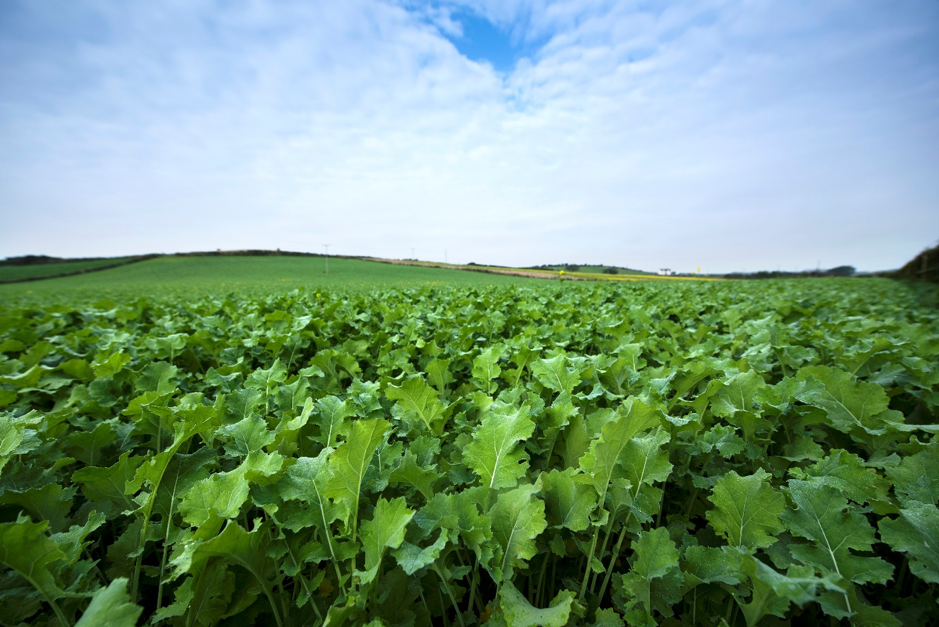
Identify priorities for reseeding pasture
Your Pasture Health Check List:
- Increased presence of docks, thistles, nettles, chickweed or other weeds
- Unproductive grasses such as bents, meadow grasses, red fescue and Yorkshire fog
- Drop-offs in silage production or stock carrying capacity
- Slow regrowths after cutting or grazing
- Reduced response to fertiliser
- Rejection or uneven grazing
- Intermittent growth or shortening of the growing season
If you have ticked any of the above, your ley is certainly beyond its productive life and in need of replacement.
Make a thorough sward assessment
Targets for a grass sward assessment
- 75% Ground cover
- 30% Clover content (average over a season)
- 50% Sward composition (PRG minimum)
- 10% Broadleaf weeds (maximum)
Carry out the red stem test
As a general guide, perennial ryegrasses have a red colouration at the base of the stem and a shiny underside of the leaf – weed grasses do not – so carry out a simple field assessment to check your sward composition.
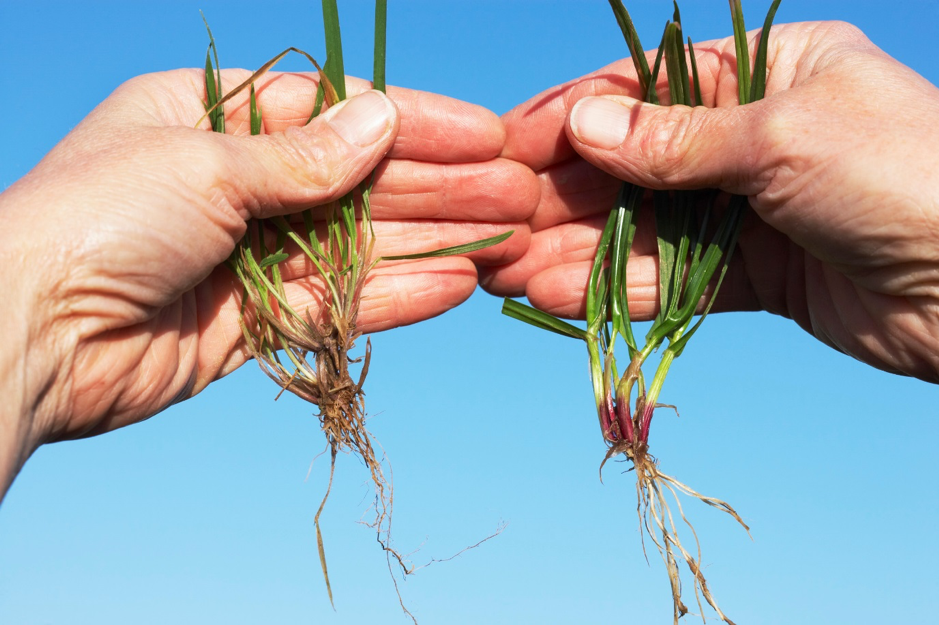
Assess your sward's clover content
At the optimum sward content of 30% averaged across the season, white clover contributes 150 kgN/ha
15%

25-30%

50%

Test your soil pH
Optimum pH for plant growth and uptake of nutrients is 6-6.5.
Applying lime at 5 t/ha will raise pH by 0.4 units, but not for 9-12 months.
For a faster response apply a granulated lime product.
Test your P&K levels
Phosphate (P) and Potash (K) indices should ideally be at 2 for optimum sward performance, so apply fertiliser to the seedbed if necessary.
Low P = poor root development, poor use of nutrients
Low K = poor transport and utilisation of nutrients, poor growth
Assess your soil condition
Take a spade and dig out a sod to a depth of about 40cm.
Signs of waterlogging and compaction:
- Rusty, grey, mottled colouration
- Distinctive foul smell
- Poor root penetration (should be 30 cm and more)
- Lack of earthworms (should be 10-15 in a spade-full)
- No vertical cracks (5 mm channels allow air, water and nutrients to circulate)
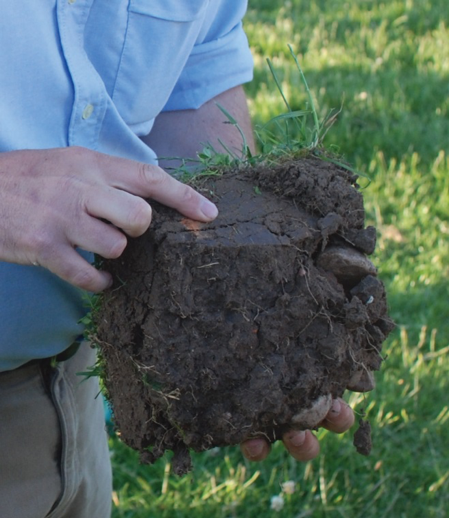
Rectify any soil structure problems
Match the solution to the problem:
- Surface capping (0-10 cm) – use a soil aerator with spikes or knives (e.g. below)
- Compaction (10-15 cm) – sub-soiler or sward lifter
- Plough pans – sub-soiler or mole plough
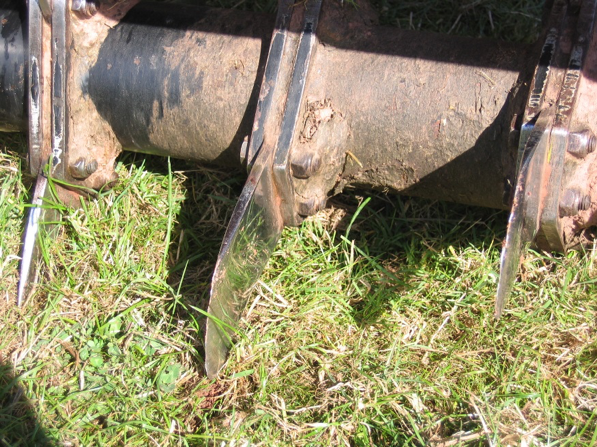
Assess weed populations
Identify any major problems and control them in the old sward as this will make the establishment of the new ley better and easier to manage.
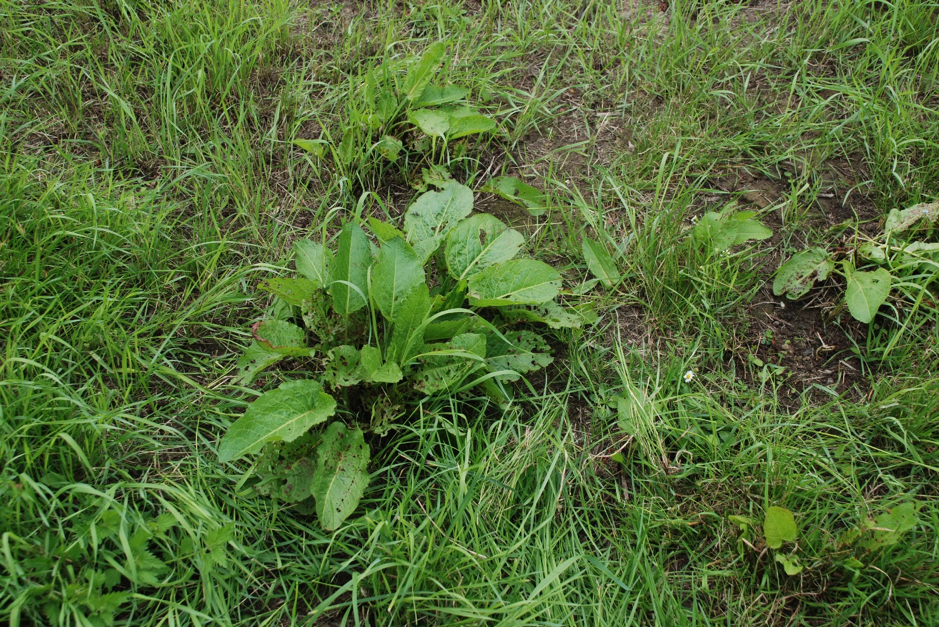
Reseeding pasture: Establishment
Select grass seed mixtures containing varieties ranked on the Recommended Grass and Clover List.
- Select top-performing varieties; there is significant variation in performance even among RGCL-listed varieties
- Look for the ideal combination of yield (dry matter) and quality (D-value)
- Consider other agronomic factors such as seasonal growth, ground cover and disease resistance
- Ensure forage seed mixtures are fit for purpose, whether for cutting, grazing or dual-purpose
Give your seed the best chance of germination:
- Work the ground to a fine tilth
- Sow when soil is moist and warm (minimum 5°C)
- Use the correct seed rate (15 kg/acre; 35 kg/ha) to establish a dense sward
- Optimum seed depth is 15 mm (½ inch)
- Roll before and after drilling for optimum consolidation - you should be able to walk on the field and leave no footmarks
Overseeding pasture
Overseeding grassland, or sward rejuvenation, can be a good way to improve the yield and quality of grassland whilst minimising any time out of production.
When should overseeding be used?
- If leys still have a good proportion (50%) of perennial ryegrass present.
- For a short-term boost in production.
- Where land is steep or stony and difficult to reseed.
- As a tactic alongside a full pasture reseeding programme.
How to overseed grassland effectively
- Ideally in the July to September period, following a tight grazing or silage cut.
- Seed rate of 10 kg/acre (two-thirds of a full reseed).
- Ensure good soil-to-seed contact, through harrowing and rolling, as required.
Return on investment
- Estimated 10% increase in dry matter production
- Increased D-value worth 0.5 MJ/kg ME
- Return on investment within the year of overseeding pasture

Manage
Protect new forage leys by monitoring weeds, pests and diseases:
Newly sown pastures are more susceptible to weed ingress, pests and diseases than well-established grassland.
- Identify weeds and control early by spraying or grazing
- Monitor new leys for pest attack, with wireworm, frit fly, slugs, leatherjackets and chafers the most common threats
Graze to aid establishment:
Graze new grass swards lightly with sheep or young stock when the grass reaches 7.5-10 cm to consolidate roots and promote tillering.
Pasture reseeding experts
Any British farmers who need advice on the best way to reseed pasture to benefit from enhanced milk and meat production can contact one of the experts at Germinal.
